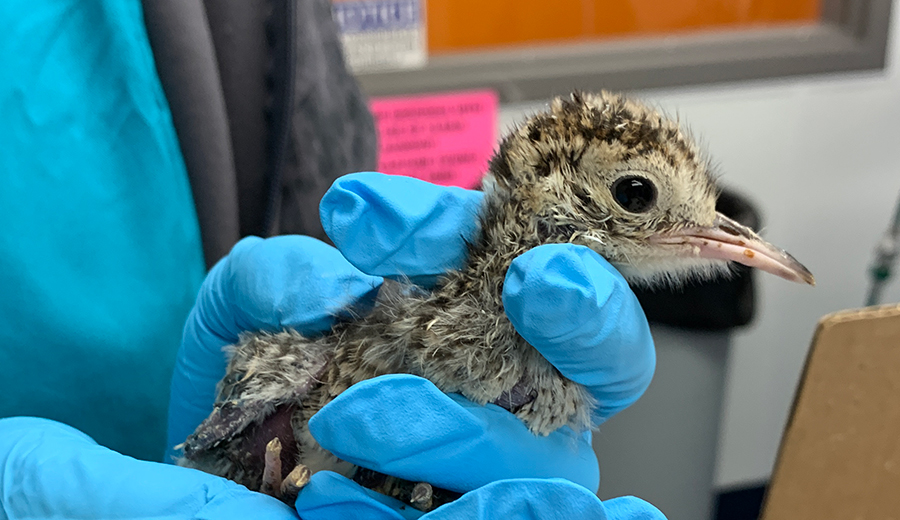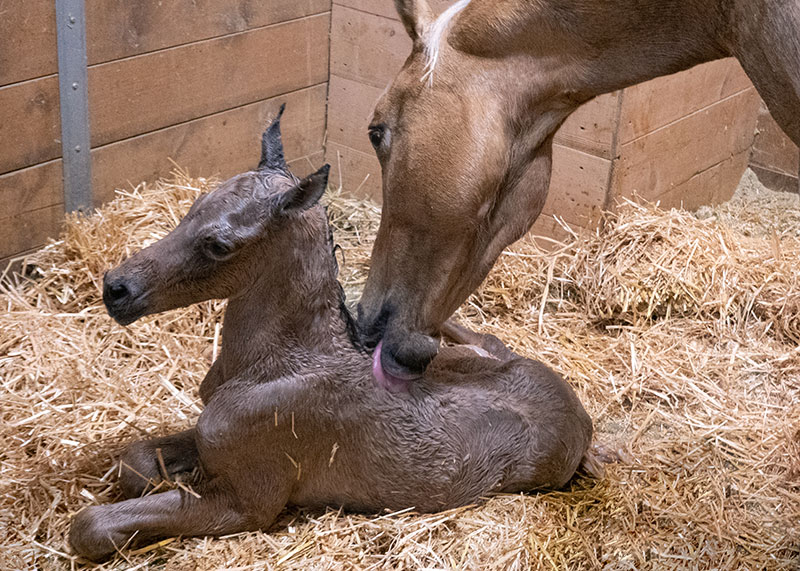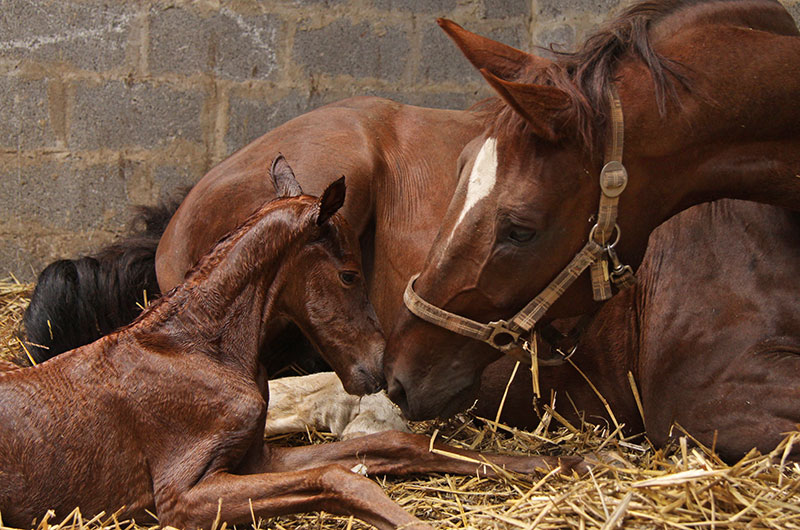Prevent FeLV by keeping cats indoors
Feline leukemia virus (FeLV) is an agent that spreads easily between cats and has potentially lethal effects, causing a variety of secondary diseases that range from secondary infections to cancer.
![[stanley-rubin-with-cat]](https://vetmed.illinois.edu/wp-content/uploads/2021/04/pc-rubin-cat.jpg)
Owner Awareness Has Reduced Prevalence of FeLV
“The overall prevalence of FeLV has decreased as cat owners’ awareness of the infection has increased and steps have been taken to control the disease, such as removing cats that are FeLV positive and restricting cats to indoor lifestyles,” Dr. Rubin says. Careful monitoring and the routine use of FeLV vaccines may also be helpful.
FeLV is transmitted between cats by prolonged close contact with saliva and nasal secretions, or by sharing common water or food sources. Sometimes it can be transmitted through bites or from moms to kittens via milk, or before the kittens are born.
The virus does not survive long outside a cat’s body, however. Dr. Rubin says there is no risk of cats transmitting FeLV to humans. “Numerous facts suggest that human infection is not possible,” Dr. Rubin assures.
How FeLV Causes Disease
Initially, the virus enters a cat’s bloodstream and starts to multiply. Sometimes the cat’s immune system is strong enough to fight off the infection at this stage. If not, the virus eventually travels to the bone marrow, which is where some of the body’s immune cells are produced. At this point, cats have a harder time fighting off the virus and may have FeLV for the rest of their lives.
The infection can cause anemia (low number of red blood cells) and immunosuppression. “Having a weakened immune system leaves the cat susceptible to secondary infections, also called opportunistic infections,” says Dr. Rubin. “They are more readily affected by bacteria, viruses, fungi, and parasites.”
As the disease progresses, it may lead to neurologic disorders, kidney failure, arthritis, and abortion in pregnant cats.
Because FeLV hijacks the cells’ replicating machinery, it is not surprising that this disease can ultimately lead to tumor growth. In fact, FeLV is the most common cause of cancer in cats, with the most common type of cancer being lymphoma.
“A cat infected with FeLV may begin showing signs of lethargy, fever, weight loss, loss of appetite, and depression,” Dr. Rubin says.
Treatment and Prevention of FeLV
Since these signs could indicate a variety of diseases, veterinarians diagnose FeLV by collecting blood and performing tests to detect the presence of the virus in the cat.
Depending on the clinical signs, the patient may be treated with blood transfusions, medications for opportunistic infections, immunotherapy, chemotherapy, or antiviral medications.
“Vaccinations are available,” Dr. Rubin says, “but it is important to remember that they do not provide 100 percent protection against infection.”
Vaccines are important in certain geographic locations where FeLV is more prevalent, such as areas that have a high density of roaming cats. Owners should consult their veterinarian to determine if a vaccine is necessary in their location.
Preventive measures should also be taken to reduce the risk. FeLV can be prevented by keeping cats indoors to avoid contact with outdoor cats.
Survival times depend on how the infection progresses and manifests itself, the strength of the cat’s immune system, and the type (or strain) of FeLV. Some cats are able to completely overcome the infection while others may suffer from recurrent bouts of infection only when their immune systems are suppressed, such as when they are weakened by another sickness. Still others suffer from a persisting, also called progressive, form of the virus for the rest of their lives.
Cats with progressive infections in multi-cat households can live up to 3 years with FeLV. However, survival rates increase when affected cats are kept indoors in single-cat households with good veterinary care.
To learn more about feline leukemia virus, consult your local veterinarian.
By Danielle Engel

![[FeLV-opens-doors-disease]](https://vetmed.illinois.edu/wp-content/uploads/2021/04/pc-rubin-felv.jpg)


